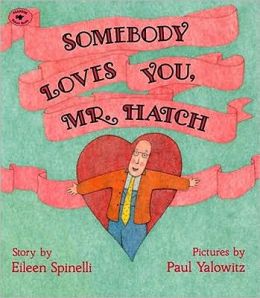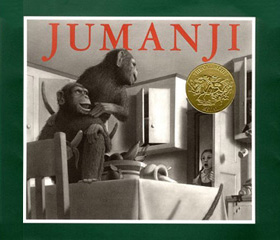Three Years and Eight Months
Icy Smith
East West Discovery Press
Manhattan Beach
2013
This Moonbeam Children's Book Award winning multicultural picture book tells the story of a Chinese boy named Choi. It tells about the struggles he faces as the Japanese take over China. He is separated from his mother and ends up working at military base in order to survive. This story tells of the struggles, pains, and emotions Choi and others experienced during World War II.
Noteworthy Features:
- The pictures in this book are extremely detailed. Some details include writing on a filing cabinets, on the soldiers uniforms, and on postcards.
- The author of this book is from China
- The book is based on her father and grandmother experience during World War II.






